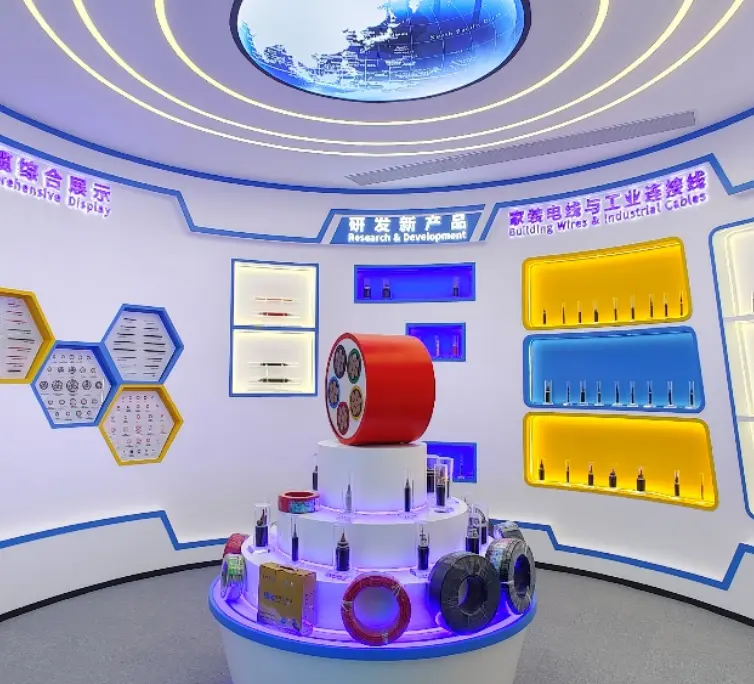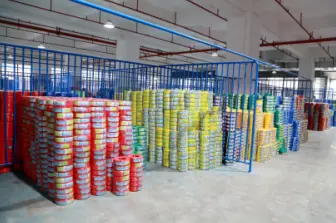Development History of PVC Insulated Cable
Because of its good physical, chemical, electrical and flame retardant performance, PVC has been used as cable insulation material since the 1930s and 1940s. With the improvement of production capacity of PVC resin, plasticizer and industrial auxilary, and the promotion and application development of new varieties, the cable industry has made a qualitative leap.
In the 21st century, with the enhancement of human awareness of environmental protection and people's concern for their own health, environmental issues have become the focus of human society. Many countries, regions and organizations have formulated strict standards and regulations to restrict the use of hazardous substances, especially ROHS and REACH regulations. In order to find new methods and techniques, improve the utilization of resources, and adapt to the requirements of environmental laws and regulations, environmental PVC cable came into being, and quickly became one of the current theme of PVC cable development.
The increasing changes and expansion of the cable market demand, as well as the in-depth research on various new PVC additives (such as flame retardant additives, smoke suppressants), have promoted the promotion and application of new technologies, new materials and new products for PVC insulated cables. Among a large number of organic materials (such as plastic and rubber) used in the cable industry, the amount of PVC cable occupies the first place.
At present, the application and requirements of cable materials vary greatly among cable manufacturers. Some large-scale cable manufacturers with high reputation and quality have high requirements for PVC materials. In addition to meeting the Soft PVC Plastic for Wires and Cables standard for product performance, technical indicators such as density, hardness, economic performance, and product process performance requirements are also proposed accordingly. Some small-scale cable manufacturers participate in the fierce market competition with low-priced materials. Therefore, in addition to requiring product performance to meet the assessment indicators, the cost of materials should also be considered.
In a word, PVC wire manufacturer has different requirements and developments for PVC materials in different periods in order to reduce production material costs, improve economic benefits, and adapt to market demands and competition. In the past 20 years, the development and application of PVC materials have roughly gone through the stages of ordinary PVC, flame retardant PVC, lead-free PVC, and technical special PVC.
Latest News & Blog
 English
English  français
français  Deutsch
Deutsch  العربية
العربية  tiếng việt
tiếng việt  ไทย
ไทย  čeština
čeština  Indonesia
Indonesia  Eesti
Eesti  български
български  slovenčina
slovenčina 



